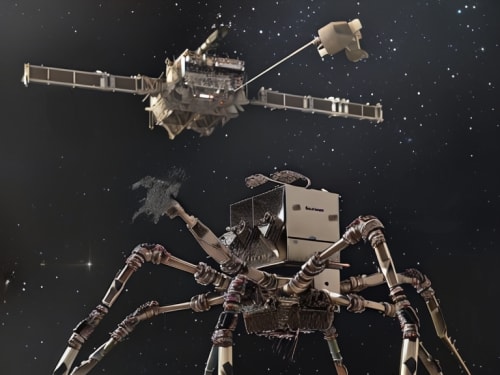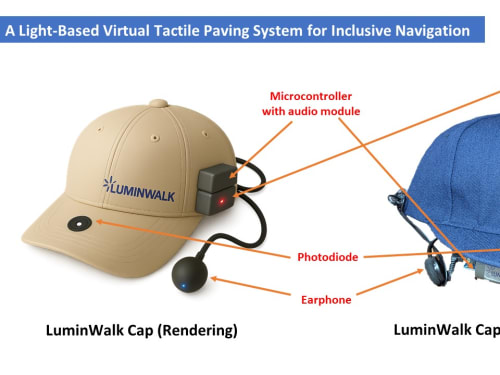Entries
Platinum from Asteroids. Many sought it. Technology fell short. Here's the answer, just released (Advances In Space Research, Elsevier):
$1,370,000,000 in Pt from Main Belt asteroids per each 12-month mission, now possible.
Three innovations make this possible:
Fe and Ni are boiled off M-class ore, leaving platinum group metals behind.
This improvement of an aerofoil compensates for side winds.
Large trucks produce excessive greenhouse gasses due to inefficient reciprocating engines and complicated gearboxes. This hovercraft would be much better because it eliminates friction with the road surface due to flexing tyres and suspension. It can also run on alcohol, a non fossil fuel, which can be produced from corn.
The Rigid deployable shelter is comprised of 12 wedge-shaped segments that nest concentrically into one another and rotate outward around a central connected shaft in a degree-locked manner to form a shelter. Rapid deployment of the Shelter is facilitated by rotating inner segments around the central shaft.
The Genesis of Efficient, Adaptive AI
From Massive Models to Intelligent Synergy
The current AI landscape is often dominated by a "bigger is better" philosophy, leading to LLMs with hundreds of billions of parameters. While powerful, these behemoths are resource-intensive, costly, and slow to adapt. adapa360.com believes the future lies in smarter, more agile AI.
PET Bottle Filament Extruder is an innovative, sustainable solution designed to address the growing environmental issue of plastic waste, specifically focusing on polyethylene terephthalate (PET) bottles. With the increasing consumption of plastic and the inefficiency of large-scale recycling systems, especially in countries like India where over three million tons of PET waste are discarded annually,
The AI-Driven Smart Vehicle Tracking and Fleet Optimization System is an innovative automotive security and efficiency platform designed to transform how vehicle fleets are monitored, managed, and optimized. Developed by Sunrise Tracking, this intelligent system leverages artificial intelligence (AI), GPS/GLONASS technology, and real-time data analytics to provide a comprehensive, scalable,
For those companies that struggle to recycle their waste, Plastalyst recycles organic waste and plastic waste into chemicals such as monomers, hydrogen, carbon monoxide and methanol.
Uniquely, the process is below 200°C, produces no CO2 and only uses water as a solvent.
Plastalyst focuses on the most-difficult-to-recycle waste, such as cables, CFRP or circuit boards.
Woodly is an innovative new thermoplastic coming from Finland to replace fossil-based plastic.
Woody features are:
Made from Wood
Bio-based content certified (TUV Austria certification 40% - 60%)
Carbon Neutral Plastic (for every 1kg of Woodly produced, it has -0.8kgCO2eq KG footprint, the Life Cycle Analysis conducted by 3rd party,
Many public and indoor spaces still lack tactile paving for the visually impaired due to its installation complexity, inflexibility and high cost. To address this, we propose LuminWalk - a wearable cap system that leverages existing lighting infrastructure by transforming conventional LED lamps into light-based virtual tactile paving.
Rural villagers face several challenges when relying on hand pumps for water access as pumping water can be physically demanding, requiring significant effort, especially for women who may already be burdened with household chores and other work.
When water is withdrawn faster than it's replenished, the water table lowers, potentially causing wells to dry up.
Page 22 of 44









